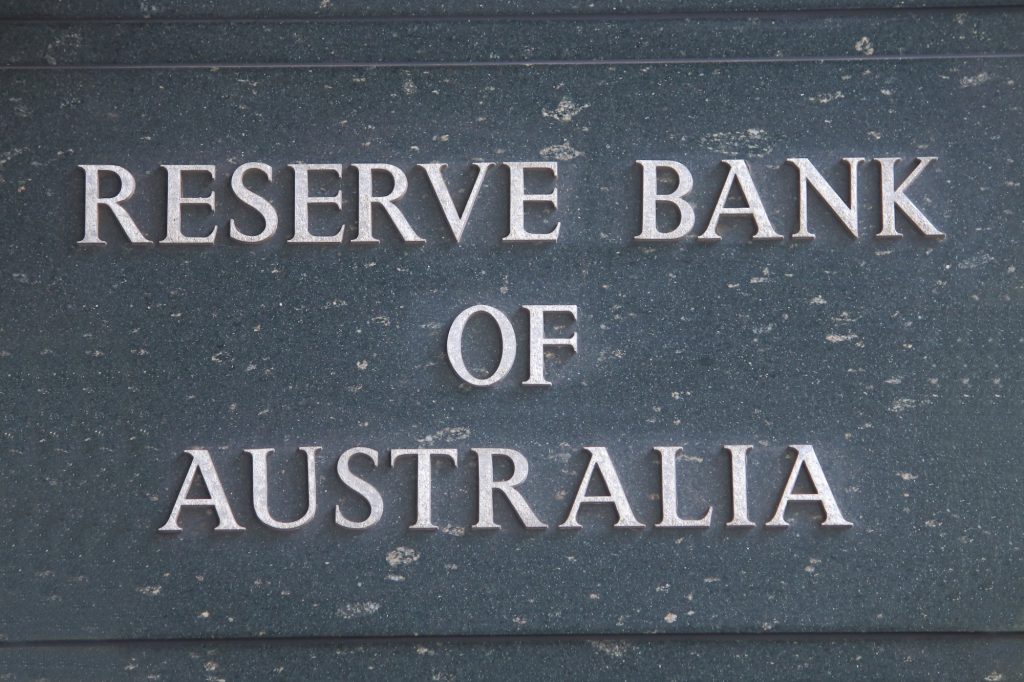The Australian central bank (Australian Reserve Bank, ARB) is currently investigating the possibility of a Digital Central Bank Currency (CBDC). The Bank has revealed that it wishes to simulate the use of a CBDC in a wholesale payment system.
Many central banks are currently looking at digital currencies, mainly as a result of Facebook’s plans for Libra. However, as Libra has had major problems with regulatory issues, the central banks are now moving forward with their own plans. In the recent past, the central banks of China, Sweden, Turkey and many other countries have been pushing the development of their own CBDCs. The ARB wants to test what would happen if CBDCs were given to commercial banks. In return, these banks would each provide their foreign exchange settlement accounts.
Central bank tests effects
The ARB does not yet seem convinced that there is a real need for the use of CBDCs in settlement systems. Furthermore, they have also evaluated the benefits of a CBDC and found that the cost of payments, for example, could be reduced or the speed of transactions increased. Payments could then be processed in real-time, around the clock and without the need for external payment systems.
Tony Richards, head of the Payments Policy Department, believes that there would be many drawbacks. He also sees a risk that the ARB could develop a CBDC and then find that users are satisfied with existing electronic payment service providers. Effectively, the success of CBDC’s could lead to a fundamental change in the structure of the financial system.
Traditional CBDCs and CBDCs directly from the central bank
Traditional CBDC
These are essentially the current fiat currencies (physical banknotes and coins) which will be converted into a digital currency. Issued by a countries central bankand distributed by the commercial banks; a well-known concept where citizens do not have a direct account or acess to the Central Bank.
CBDC directly from the central bank
This is a concept that the Swedish Riksbank is working on, which has one major difference from the “traditional CBDC concept”. Effectively, every citizen would have an account at the central bank and would be able to deposit and withdraw his or her digital money there.




